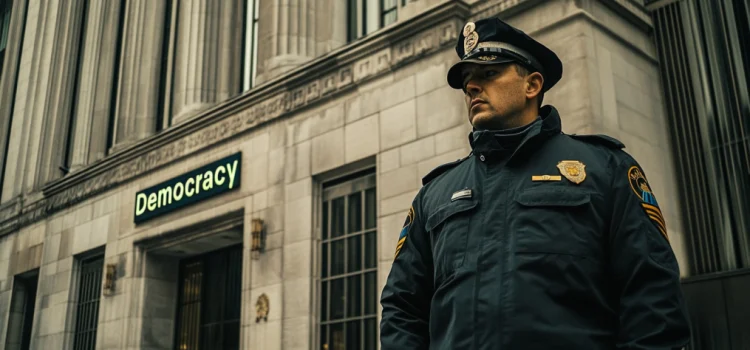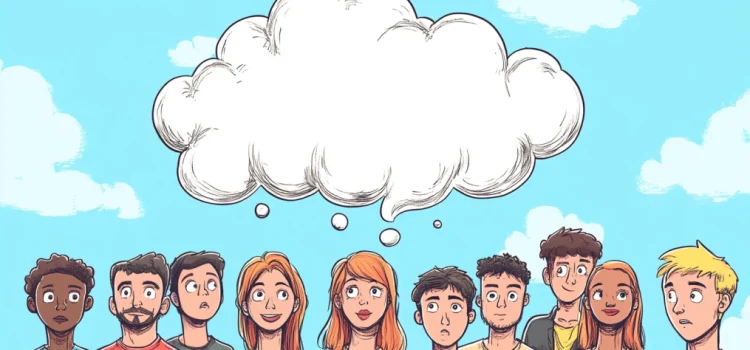How do political leaders rise to power? What strategies do they use to gain control of a party or a country? In their book The Dictator’s Handbook, Bruce Bueno de Mesquita and Alastair Smith explore how to gain political power. They outline a two-step process that both dictators and democratic leaders follow to seize control. We break down their insights on building support and replacing existing governments. Read on to uncover the secrets of political power.
How to Gain Political Power: 2 Herculean Steps to the Top










